Affiliate links on Android Authority may earn us a commission. Learn more.
The past 2 weeks underscored the new Pixel line-up's biggest weakness for me
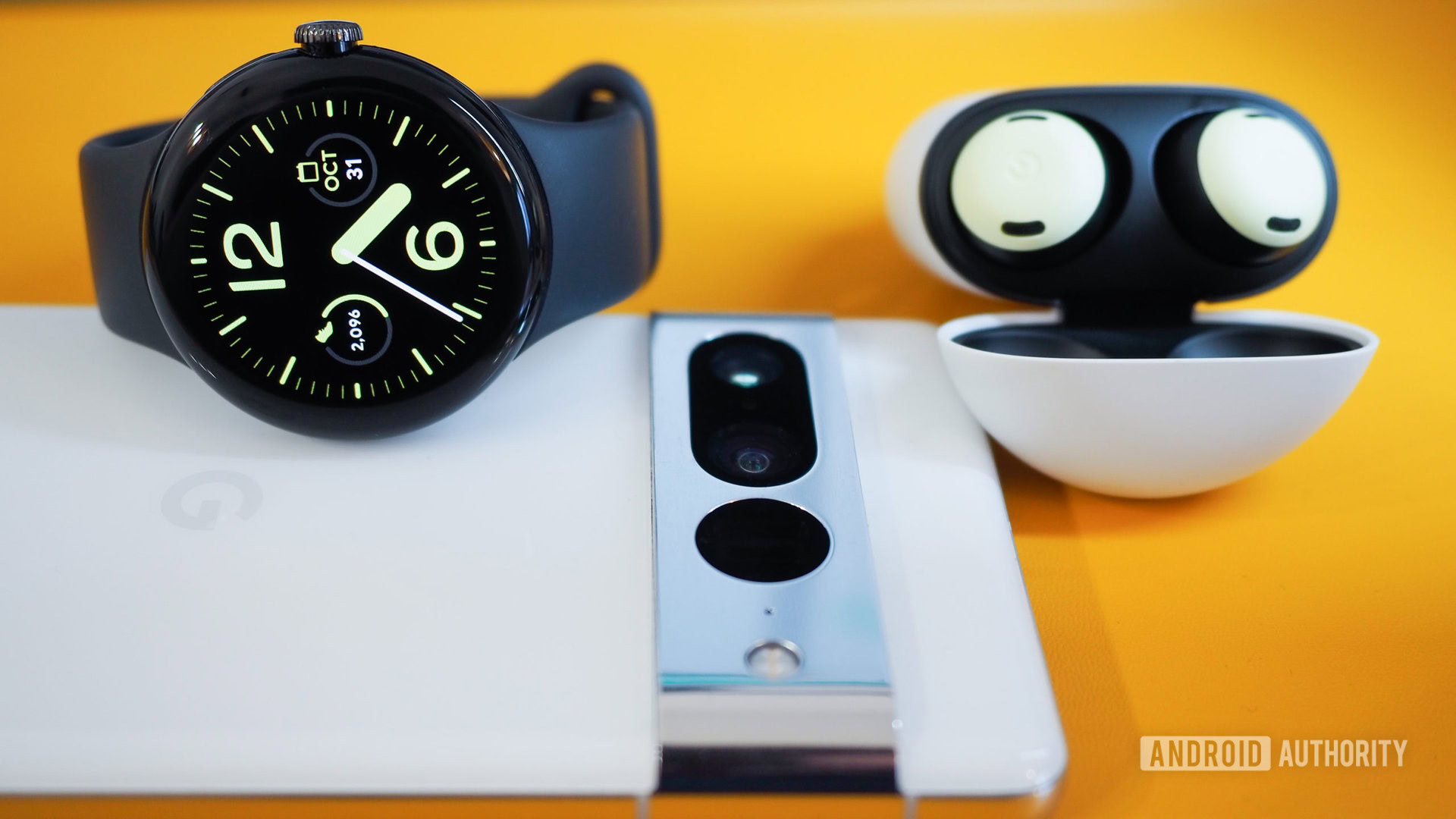
As a tech writer, I test and review a lot of phones and gadgets, but I rarely put them back in a drawer when I’m done. I live my everyday life with these same gadgets that I write about. They accompany me on fun outings and cool vacations, they save memories of my favorite moments, they point the way when I’m in unknown territory, and they help me stay in touch with my family and friends. They’re also there when tragedy hits and my whole life is thrown for a loop. (I’m sorry if you didn’t expect this dreary topic shift when you started reading.)
Tragedy hit two Sundays ago. One heartbreaking call and my husband’s and my life were changed forever. We dropped everything and booked the next flight back home to Beirut, Lebanon. Two weeks later, I am nowhere near healed, but life must go on. And even during these rough days, my tech-loving side was always humming in the background. Call it denial or resilience, it doesn’t matter, but I was often making mental notes, analyzing the usefulness of certain devices and features that accompanied me on this tough journey.
I flew to Beirut with a Pixel 7 Pro in my hand, a Pixel Watch on my wrist, and a pair of Pixel Buds Pro in my ears. I enjoy using Google’s latest Pixel products, but I’ve always had one big concern about this line-up: battery life and charging. And when put to the test, that proved to be an important weakness.
In my everyday life, I have a foolproof setup for charging my gadgets. But I wasn't ready for an erratic schedule.
See, in my everyday life, I have a foolproof setup with 24/7 electricity, multi-port chargers and USB-C cables everywhere, and multiple power banks ready to top up any gadget. I can also anticipate and organize anything, even on days when I break my routine and go roaming away from the comforts of home. But the situation in Lebanon is very, very different. Erratic day-long power cuts are a frequent, if not daily occurrence. Also, the purpose of our “visit,” if you want to call it that, dictated unpredictable charging schedules. I couldn’t plan in advance for when I’d be in a house, whose house I’d be in, for how long, and whether I could grab an electrical socket for myself.
Despite the impromptu nature of the trip and the uncertainty that awaited me in Lebanon, I thought I was prepared. A couple of wall chargers, two large and fast Baseus power banks, several USB-C cables, and the Pixel Watch’s charging cable, all in a small pouch that traveled with me whenever possible. I figured that’d be enough.
I never ran out of juice on my Pixel 7 Pro or Pixel Watch, but I came close more often than I'd have liked.
What I discovered was that the best-laid plans falter when you stress-test them. During the two weeks, I never ran out of juice on my Pixel 7 Pro or Pixel Watch, but I came close more often than I’d have liked. And I had to be committed to charging everything whenever I had the smallest of chances, which is admittedly very annoying.
Have you run out of juice on your Pixel 7 or Pixel Watch?
Pixels and power: Let’s start with positive thoughts
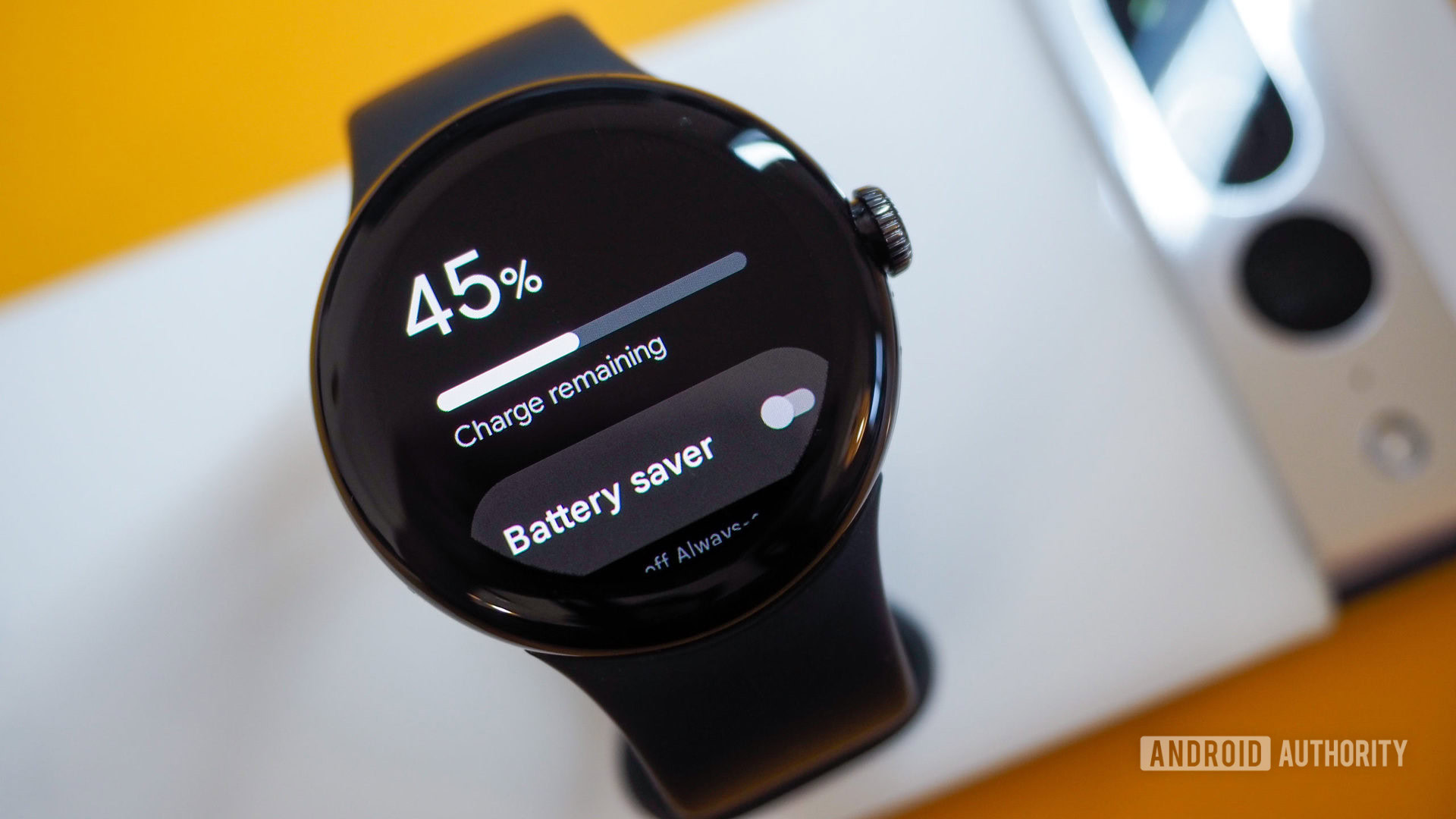
The Pixel 7 Pro holds on to power longer and more efficiently than I had anticipated. I was surprised at how slowly it sipped power when not in use compared to my Pixel 6 Pro. I didn’t do any objective tests and measures, obviously, but even on the longest days, I was always surprised to see that it barely lost a few percentages every hour on standby — way less than what I had come to expect from my Pixel 6 Pro. However, I’m not sure if this is just a Pixel 7 series improvement or a consequence of wearing the Watch and thus unlocking and using my phone less.
The Pixel Watch continues to provide me with a stable 24 hours of battery life too, with the always-on display (AOD) enabled. I’ve read a lot of horror stories and tests from people who can’t seem to get 12, let alone 18 hours of use out of the Watch, even when they disable the AOD. I have no idea why there’s such a discrepancy, but that clearly hasn’t been my experience. 24 hours is easily doable, provided I use the bedtime mode when sleeping as I explained in my initial Pixel Watch impressions.
The Pixel 7 Pro sips slowly on power compared to the 6 Pro, and the Pixel Watch lasts me 24hrs on a charge.
As for the Pixel Buds Pro, they were always ready each time I needed to use them for a phone call or some solitary moments. The case is the absolute best feature of any true wireless buds and I kind of wish every other product category came with a charging case too. If my Pixel 7 Pro or Pixel Watch could fill up each time I placed them in my purse or backpack, I’d be a happy, happy geek.
And having all three Pixel products — plus my Pixelbook — charge with the same USB-C port was fantastic. I didn’t need to worry about different cables or charging speeds. (Well, save for the Watch’s special cable.)
But some big annoyances quickly became clear with each passing day during my two-week-long stress test.
Issue 1: A slow-charging Pixel 7 Pro
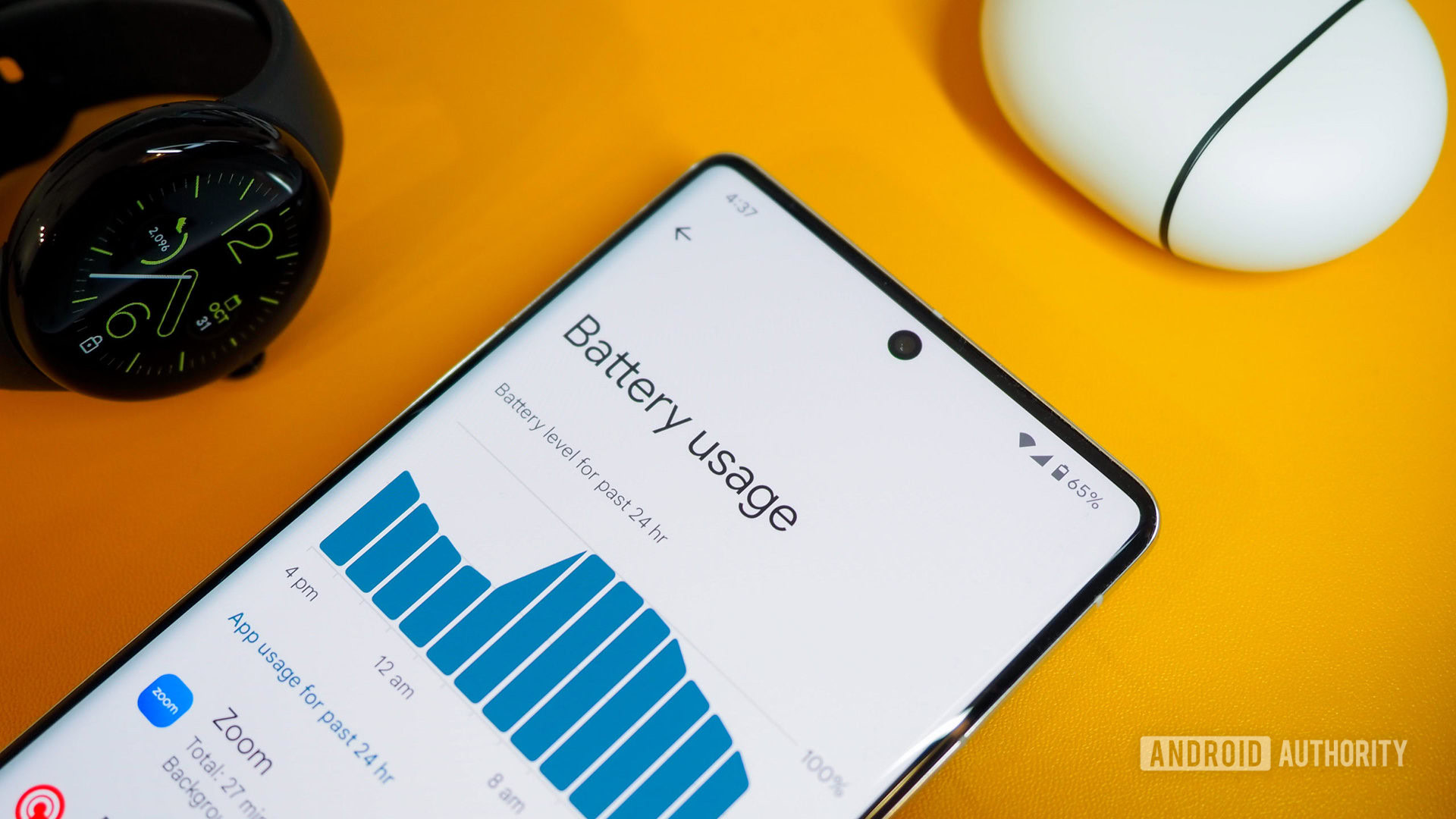
As we noted in our Pixel 7 Pro review, the phone charges slowly. Very slowly. At least compared to other modern smartphones. A peak speed of 23W and a charging time that usually exceeds the 100-minute mark aren’t ideal when electricity is a struggle and you have no control over your schedule. A few rare times I had the luxury of plugging my phone and letting it sit on a charger for a couple of hours. But most days I had to resort to small top-ups that barely nudged the percentage a few notches up. This forced me to obsessively think about charging the Pixel 7 Pro just to make sure I could receive condolence calls, make important arrangements, and handle other smartphone-only tasks.
The peak charging speed of 23W forced me to obsessively think about charging the Pixel 7 Pro.
In my everyday life, the Pixel’s slow charging isn’t a nuisance. But when I am in a rush and I plug my phone at 20% for twenty minutes and only see it fill up to 40% before going out for several hours, it is a bit grating. Especially when I see another family member with a OnePlus 9 Pro and his Warp Charger completely top up from 10% in half an hour.
I often wished the Pixel offered a boost charging option — a button I could tap to get up to 50W or 65W of charging on demand. This would help keep the battery healthy on normal days, but still allow for a real fast-charging option when needed.
Issue 2: Pixel Watch daily charging
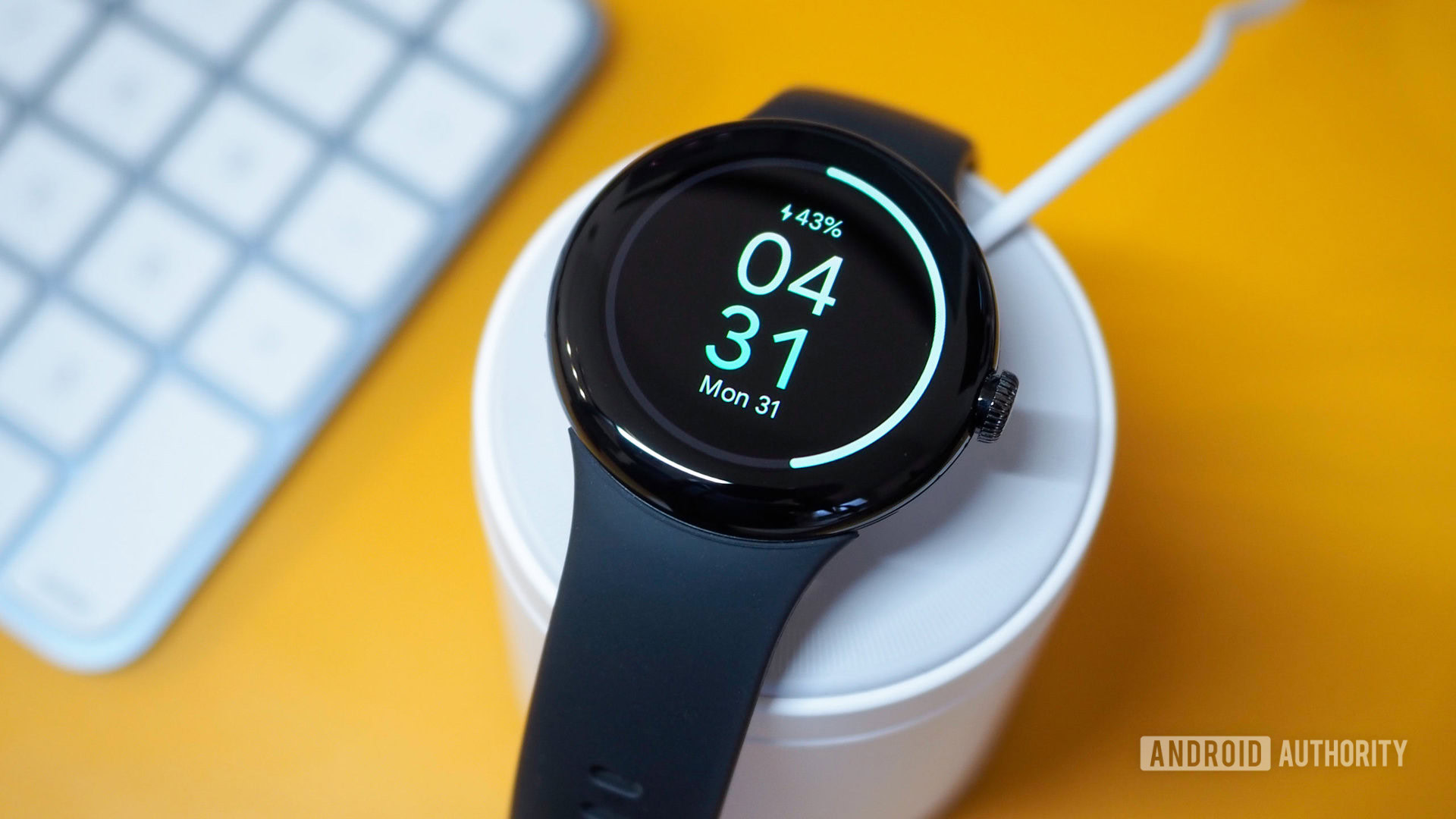
Before moving to the Pixel Watch, I had a Fitbit Inspire HR that lasted about 10 days on a charge. I rarely had to “think” about charging it, usually just plopping it down once a week whenever it was convenient. With the Pixel Watch, that is never the case, because ninety minutes of convenience don’t come every day, even if you split them over multiple stints.
90 minutes of convenience don't come every day, so I had to compulsively top up the Pixel Watch at any opportunity.
Unpredictable schedules completely betray the watch’s insufficient — we even called it “disappointing” in our Pixel Watch review — 24-hour battery life. Especially if you want to use it as a Fitbit tracker to keep tabs on both your activity and sleep. Something has to give and you’ll end up skipping something along the way. The limited battery life also gives an infinitesimally small leeway in your daily use: I forgot to manually enable bedtime mode once and woke up to 37% of lost juice. I had to rethink my entire charging plan that morning.
In contrast, my husband only had to charge his Fitbit Versa thrice during his stay. He never had to make a charging plan or get out of his way to top up his watch. For now, that kind of longevity seems to be unrealistic on a proper smartwatch, but we deserve more than just 24 hours. I’d like to see 48 hours of battery life on the next Pixel Watch; finding 40 or 45 minutes of charging time every day is much easier than dedicating 90 minutes to it.
Annoyances, not dealbreakers
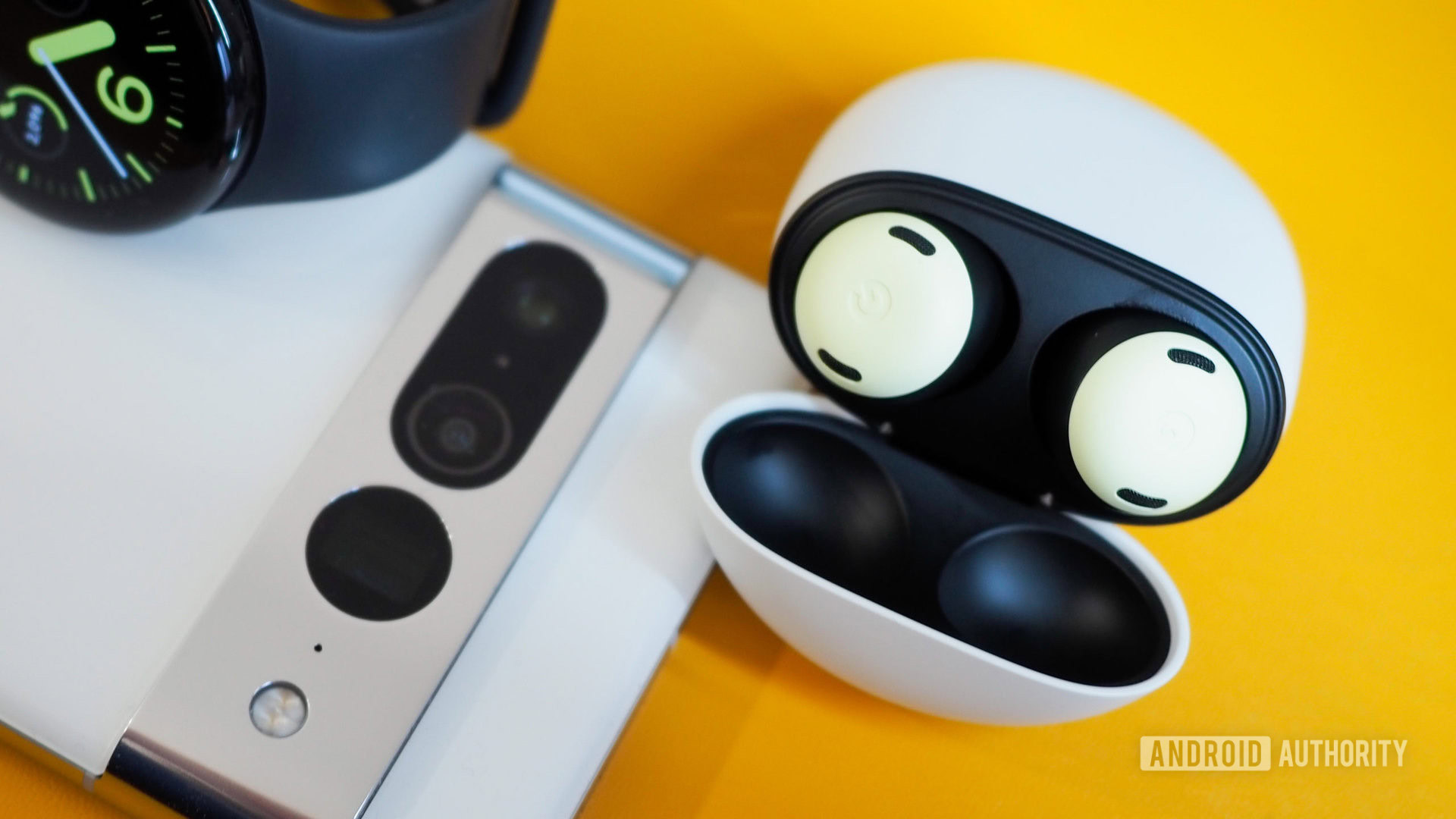
Look, the latest Pixel 7 Pro is without a doubt the best Pixel Google has released. It’s a culmination of everything the first five Pixels set up and a big refinement over the redesigned Pixel 6 series. The multitude of Pixel-only features is the cherry on top of a very fine cake. As for the Watch, it’s a first-gen Google product in every sense of the word — delightful but frustrating.
The charging issues I highlighted aren’t dealbreakers, but they can certainly become big annoyances if an unexpected thing happens and your schedule is thrown to the wind.
Personally, I prefer my tech to be at my service and not the other way around. The last two weeks certainly put that to the test, and they forced me to often overthink when, where, and for how long I had to charge my phone and watch. I hope that the next generation will fix these remaining pain points.